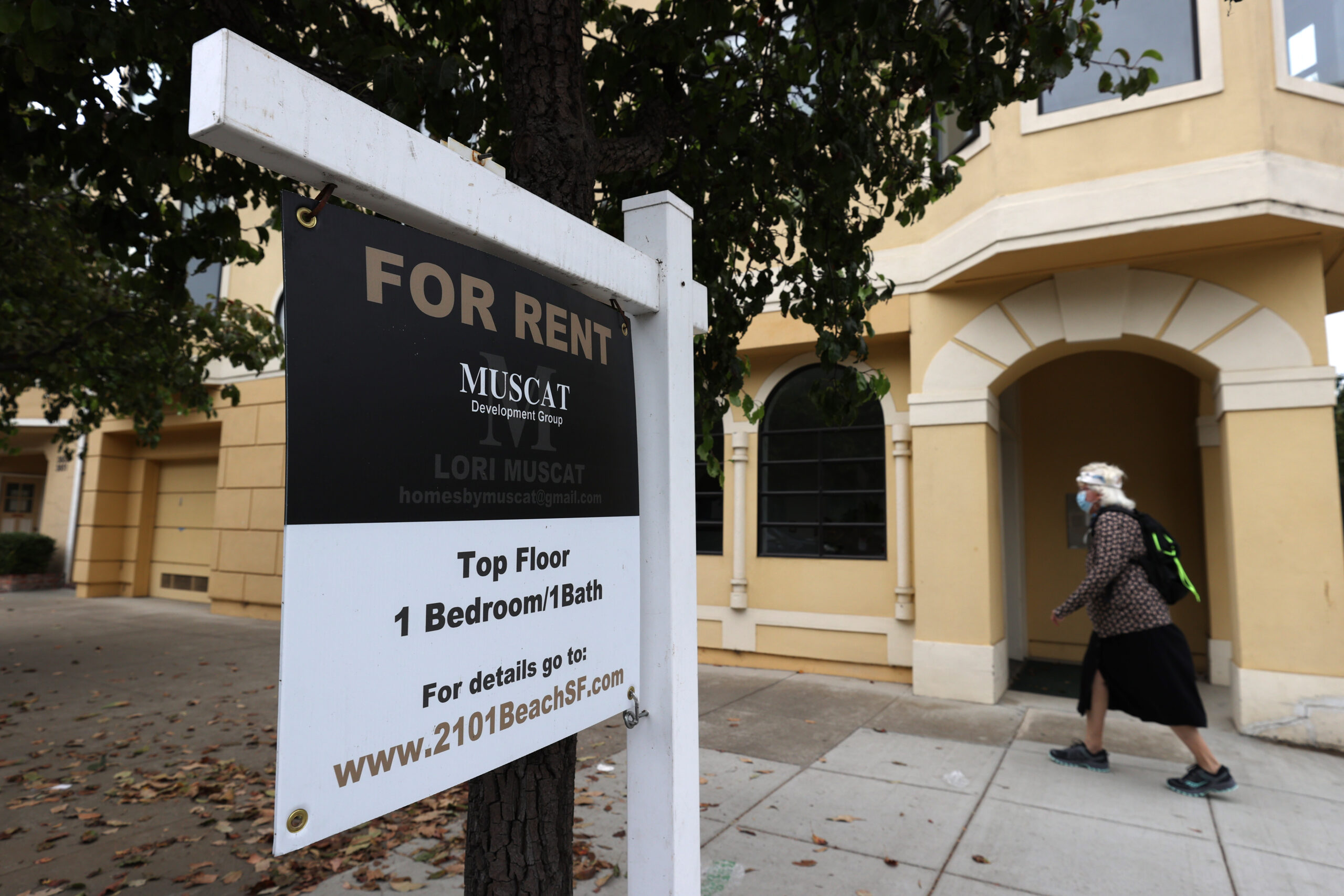Longtime San Franciscans may unfondly recall the exorbitant rents, bidding wars and evictions that consumed the city’s housing market for much of the past decade.
Now, with the city poised to fully reopen, some apartment-seekers are seeing unexpected fluctuations in price and availability that bring a faint flicker of déjà vu from the bad old days of San Francisco rents.
“It was absolute chaos,” said David Garfield, who began searching for an apartment in San Francisco in April. “It feels like because things are ramping back up, you have a mixture of weird rental situations right now. There are some people who are sort of still in the COVID mindset…whereas other people seem to be, in almost Bitcoin-like fashion, betting on the future.”
Garfield, who is in the process of relocating with his wife from Germany for a new job, said they applied for a two-bedroom apartment first listed at $4,300 per month, only to find the price jacked up to $6,500 the following day. Likewise, some landlords with vacant units report that after months of little interest, applications began pouring in in May. Whispers of stiff competition, or even bidding wars for some desirable units, bubbled up on social sites like NextDoor.
“There is a lot of housing available that our members have been trying to rent unsuccessfully for months, and we’re hearing that over the past month and a half or so they’ve been able to get more of their apartments rented,” said Charley Goss, government affairs manager at the San Francisco Apartment Association.
On the whole, San Francisco rent prices are still close to 20 percent cheaper than they were before the pandemic. But that trend appears to be reversing fast. Asking rents ticked up to a median of $2,650 for a one-bedroom in May, according to Zumper, an apartment rental platform.
Zumper’s data also suggest that changes in asking rents vary by neighborhood. Between January and May 2021, asking rents in some parts of the city, such as Hayes Valley and Noe Valley, continued their COVID-induced slide. Potrero Hill, Civic Center and Telegraph Hill, meanwhile, notched the largest rent increases in the same period of time, with median asking rents increasing as much as 5 to 6 percent.
“Neighborhood dynamics are changing—through COVID and continuing now as we come out of the pandemic, people are considering new neighborhoods,” added a spokesperson for Bungalow, a property management startup that coordinates rentals for about 150 properties or rooms in San Francisco.
Apartment-seekers say that—at least with some units—they’re facing a sudden feeding frenzy alongside surprising changes in price and availability.
“With the general idea that life is starting to come back, I wanted to lock in something,” said Steve Mohimani, who upgraded from a small studio to a one-bedroom apartment this spring. “The first place I found was gone before I put an application in. I saw it on a Sunday on a whim…by the time I got home, on the same day, it was already rented.”
Mohimani, who was searching primarily on Craigslist, ultimately leased an apartment in the Haight-Ashbury that came with a two-month rent credit—a type of incentive that surged during the pandemic, and remains somewhat common as owners hustle to get their units leased. But with the market at an uncertain moment, landlords appear to be tinkering with price to see what renters are willing to bear.
“As soon as I saw [the apartment], the price was jacked up to $2,600,” said Mohimani of the unit he wound up leasing. “But I’d saved the PDF of it, and they adjusted it back down.”
Goss added that he’d be surprised to see bidding wars per se at this point, but noted that leasing activity in San Francisco is up. As office workers gain clarity on returning to in-person work, some are opting to double down on the city and to lock in a more desirable, more convenient or better-maintained apartment.
Others are moving on from a roommate situation into a studio or one-bedroom they can finally afford, or may be returning to San Francisco after temporarily relocating during COVID. Data on address-change requests provided by USPS suggest that a disproportionate outflow of San Francisco residents observed last year has since stabilized.
“It’s still tough to find everything that you want at the price that you want it, and it’s suddenly heating back up. The rental companies know that,” added Dan Schulman, who is looking to move from a small studio to a one-bedroom with on-site laundry. “Some of these companies, like RentSFNow, own so many apartments in the city that if they start jacking up the rent, it actually impacts the rest of the market.”
There’s no sign yet of a major price surge, or a return to stratospheric pre-pandemic rents in San Francisco. Local price trends can be tricky to capture accurately over a short time period, a data analyst at Zumper noted. It may take a few more months for the market to bear out what exactly a San Francisco apartment is worth in the post-COVID era of flexible work.
“I think people really are speculating on an unknown nature of the San Francisco rental market in the near future,” added Garfield, who has not yet secured an apartment at the couple’s initial budget range. “With no mechanism to keep that in check, I think it’s going to be a mixture of traditional, small landlords just trying to cover their fees or make reasonable profit, and others sort of preying on people with enough income to bid over market, but also concerns about rising prices making it harder.”
“In the pre-COVID days, we sort of knew what [rents] were doing: They were going up and up,” he added. “And now, what happens?”
